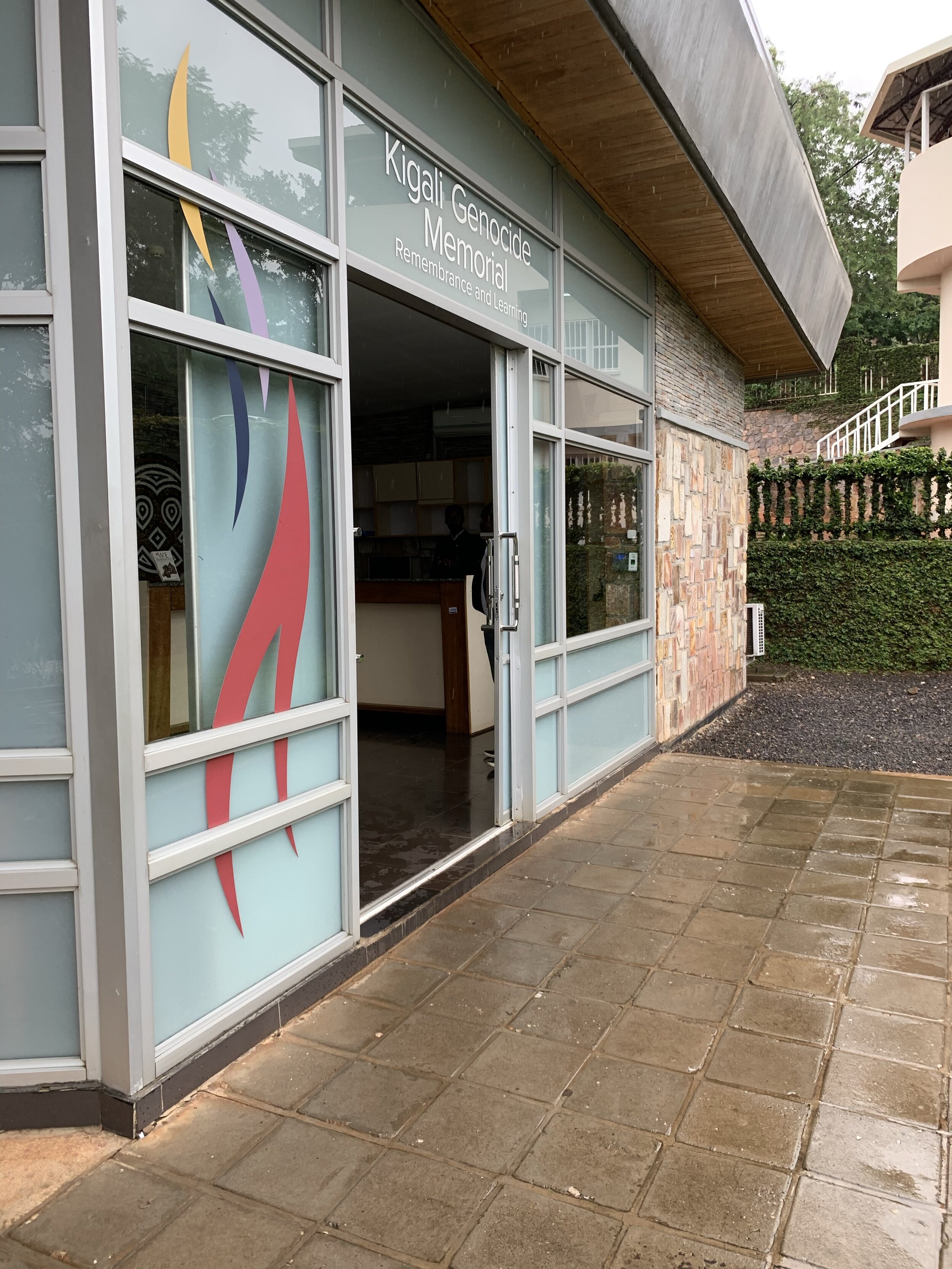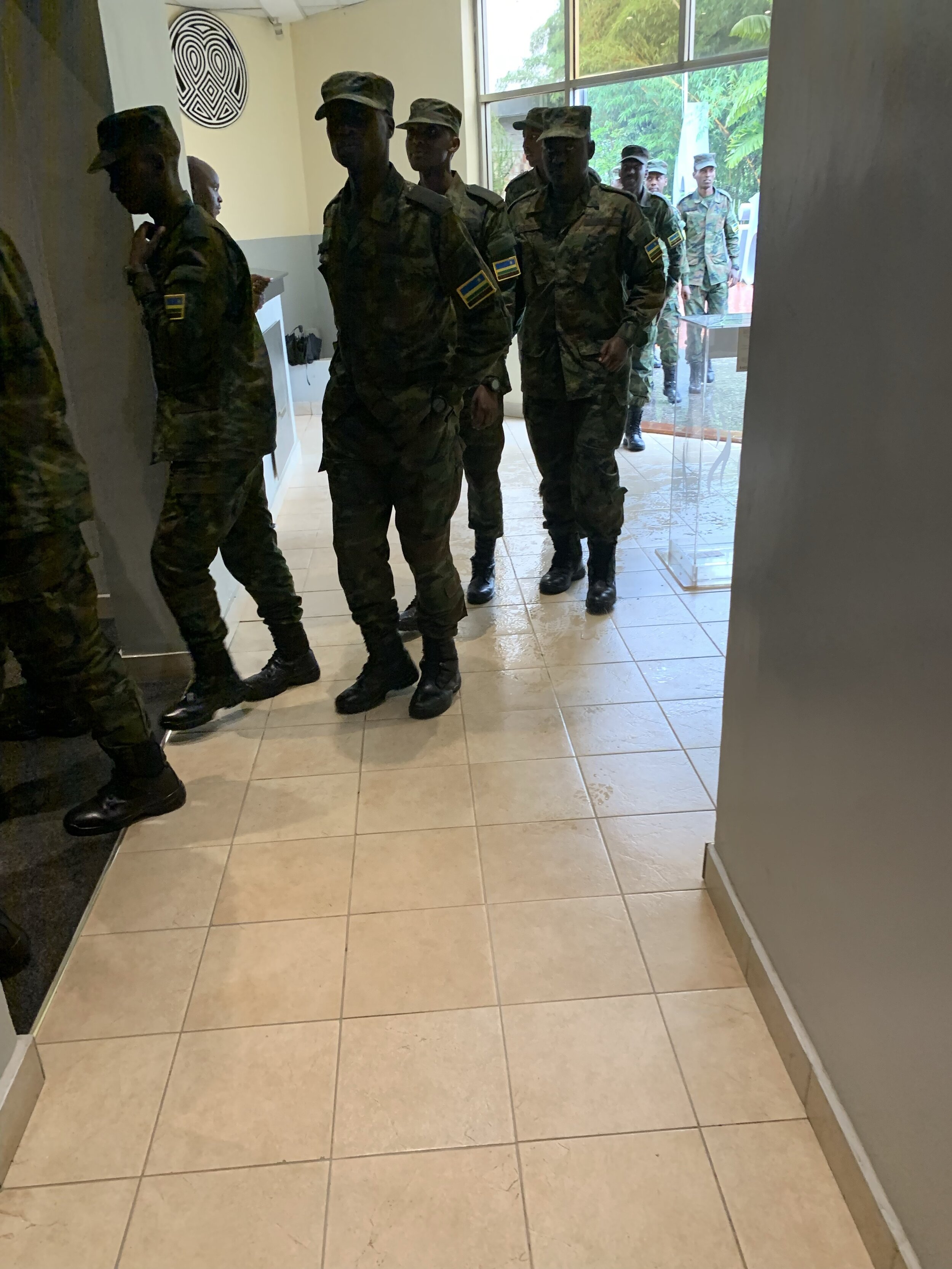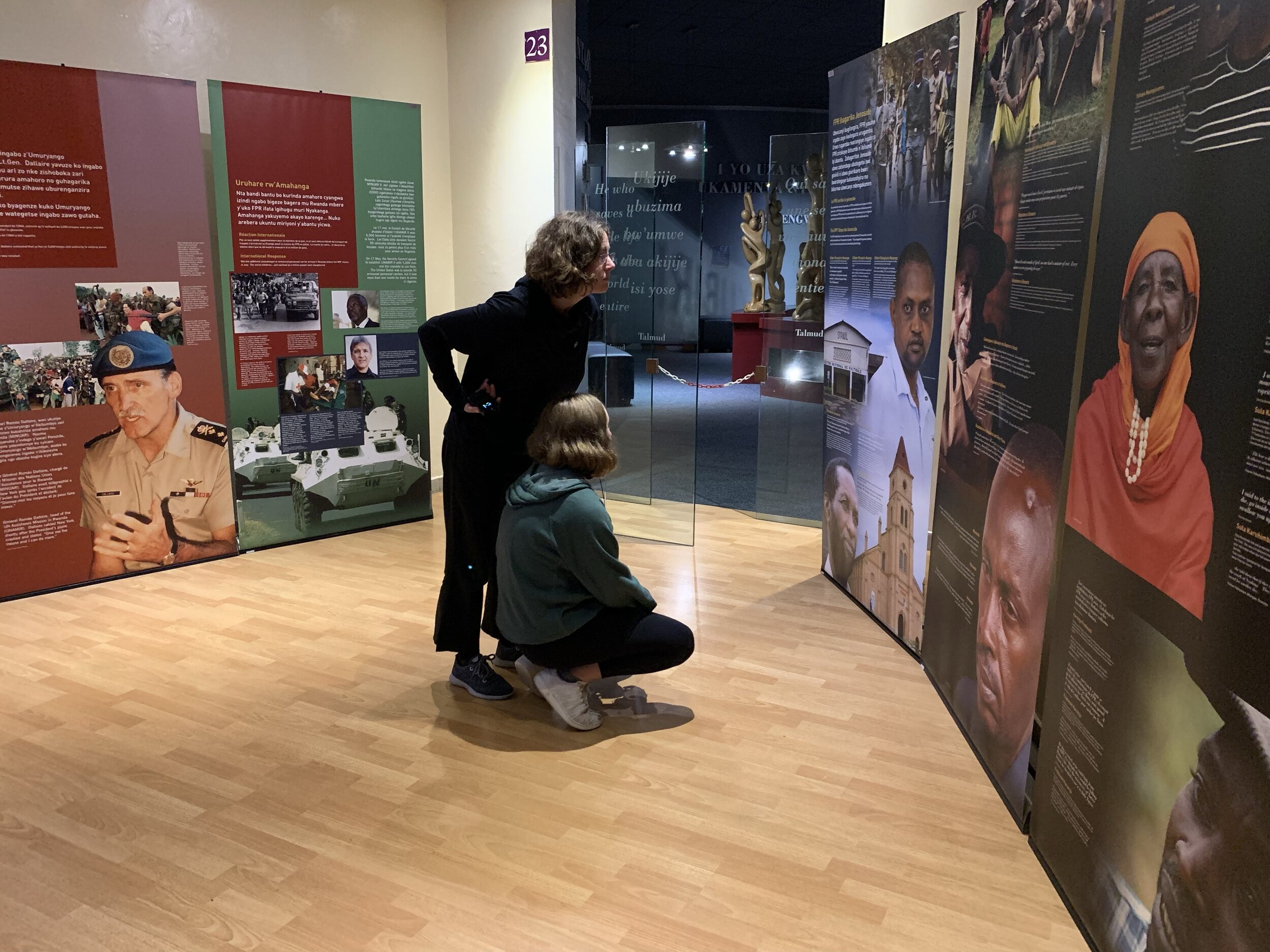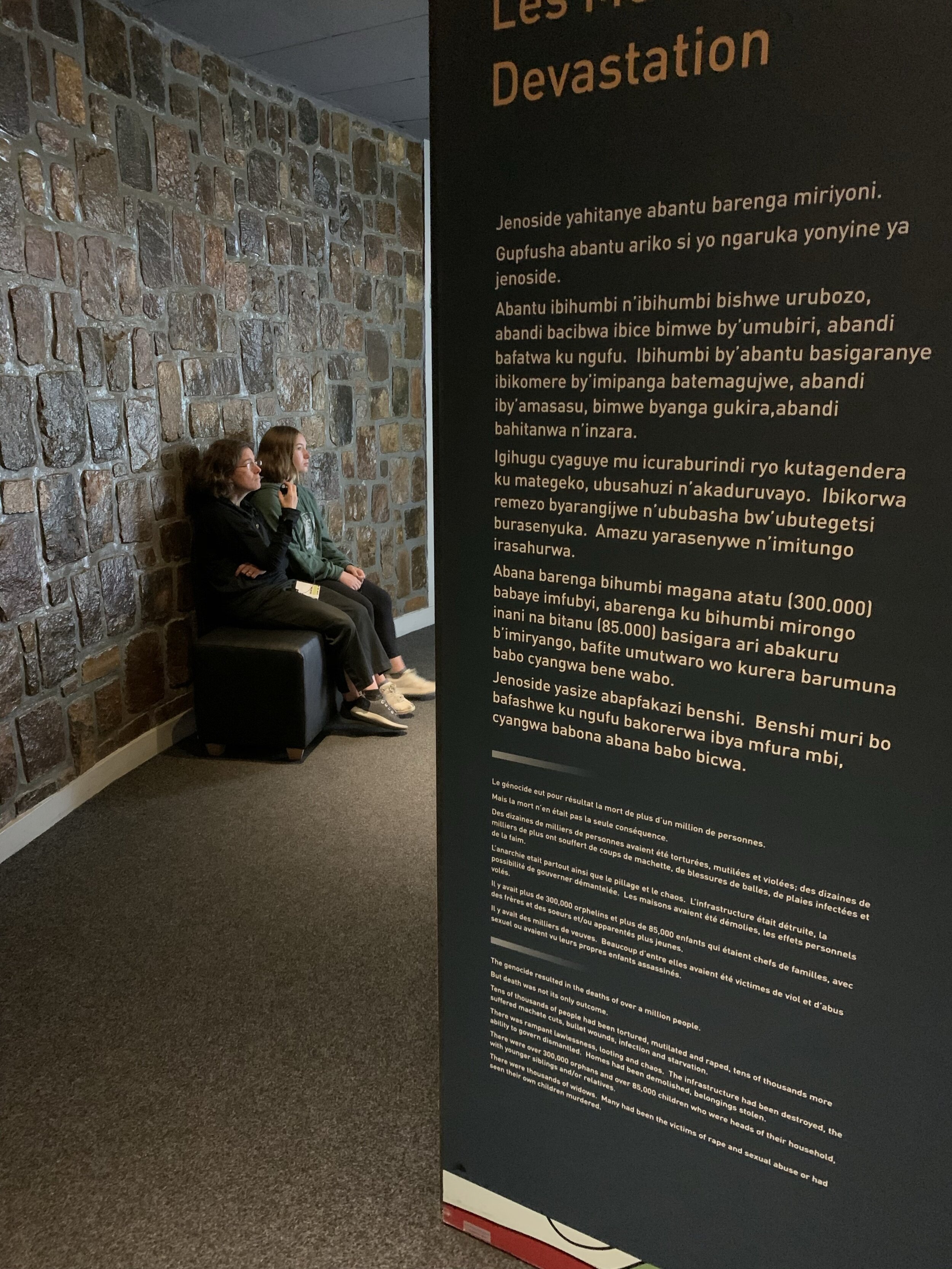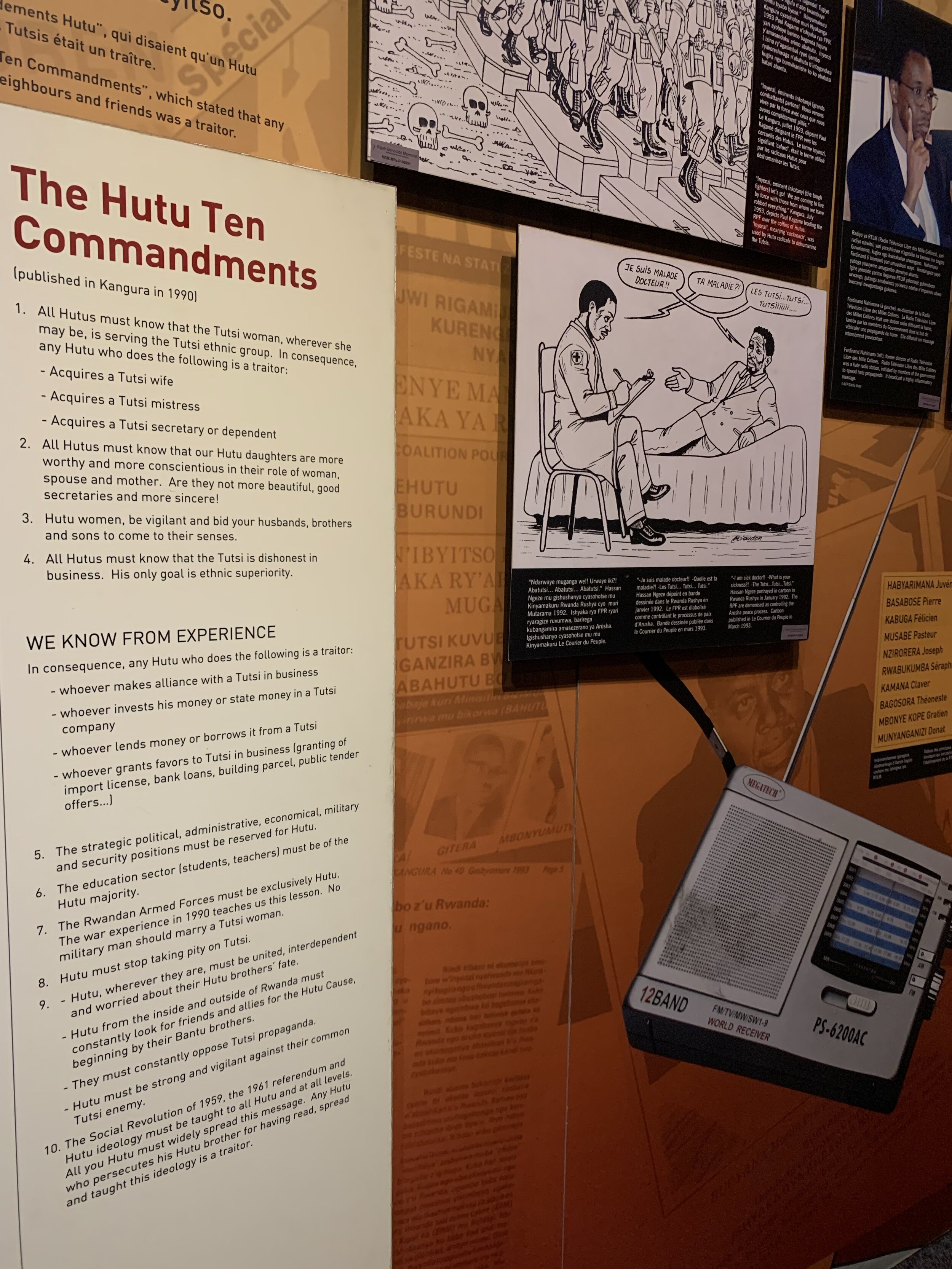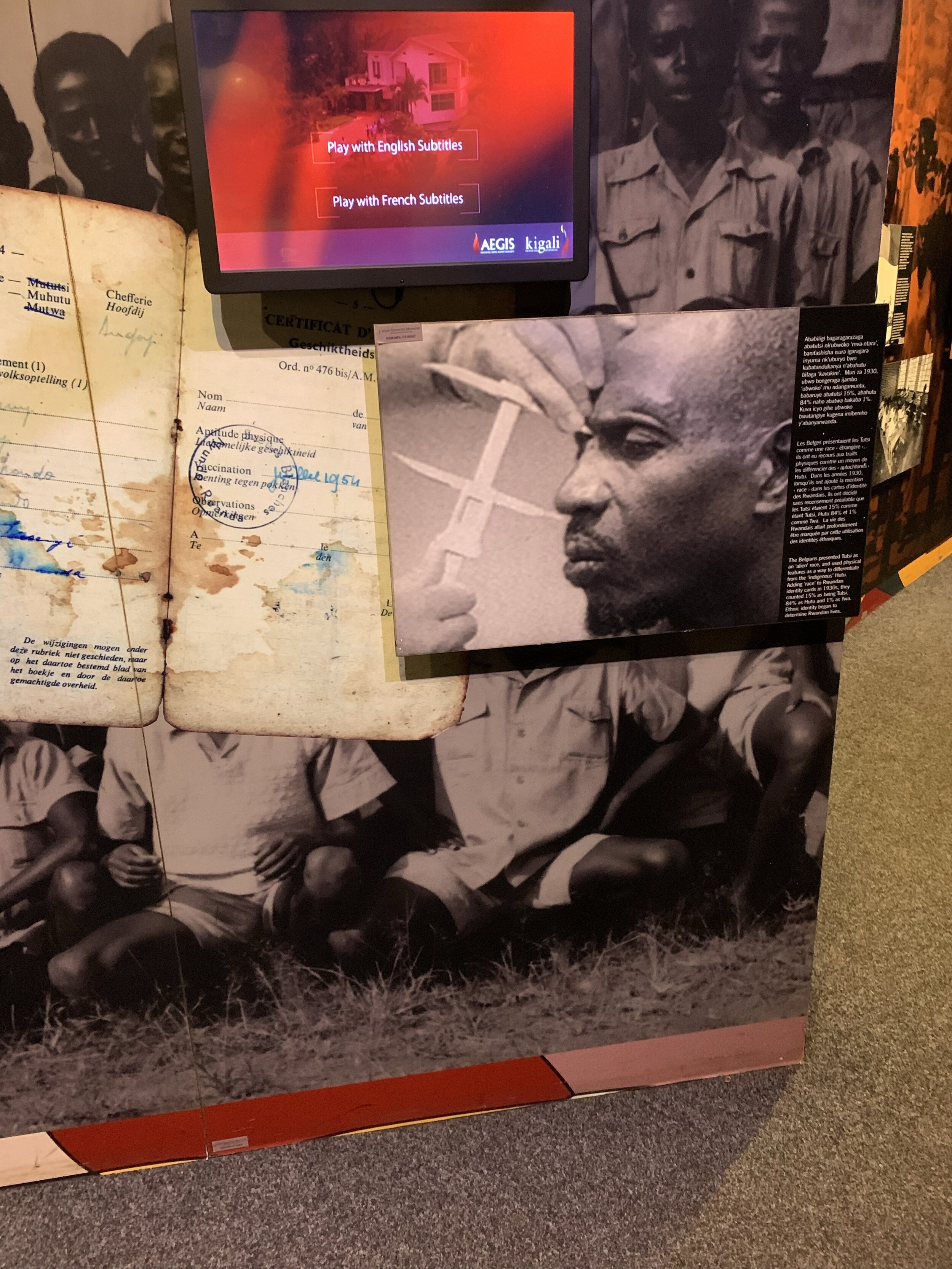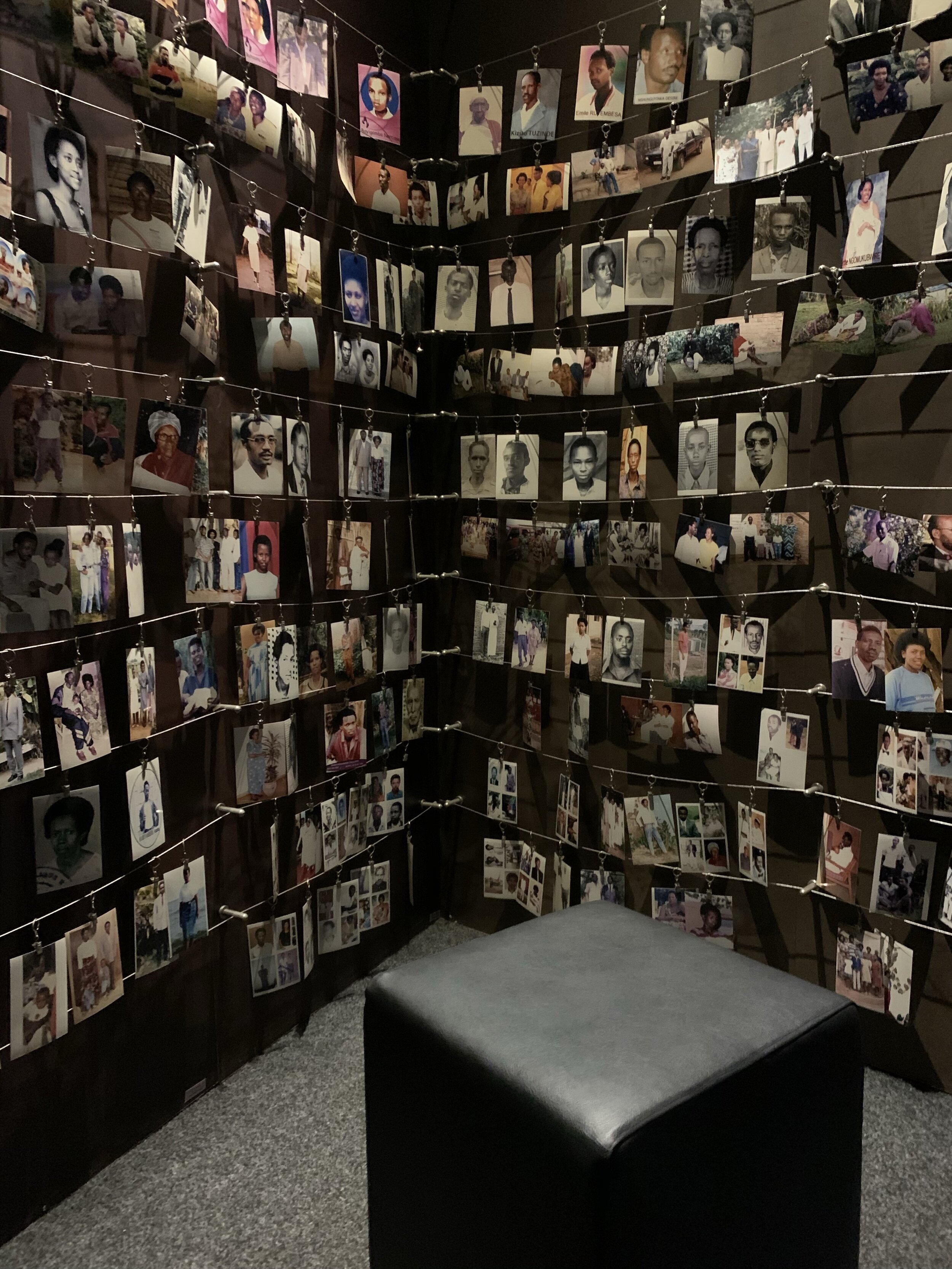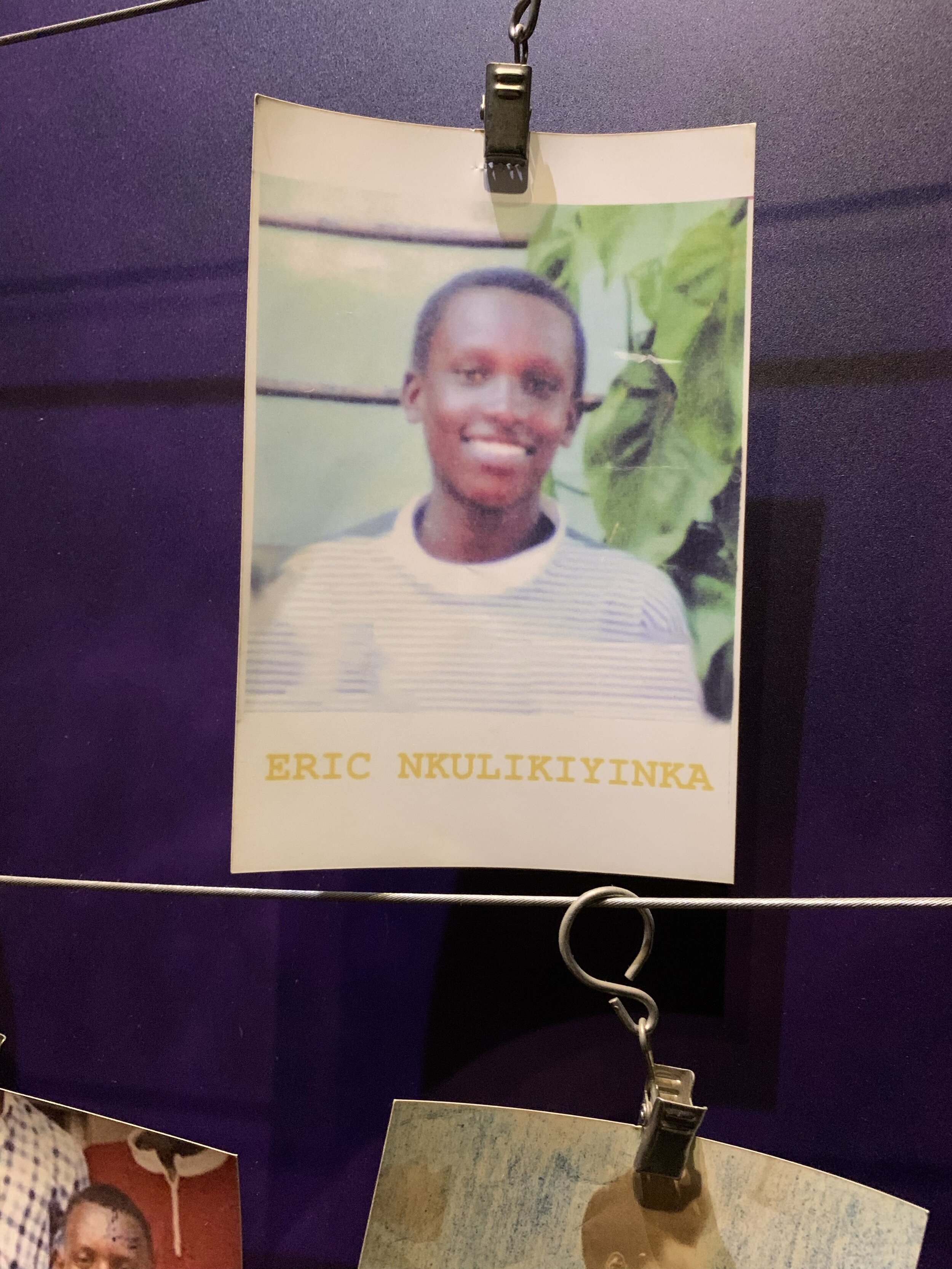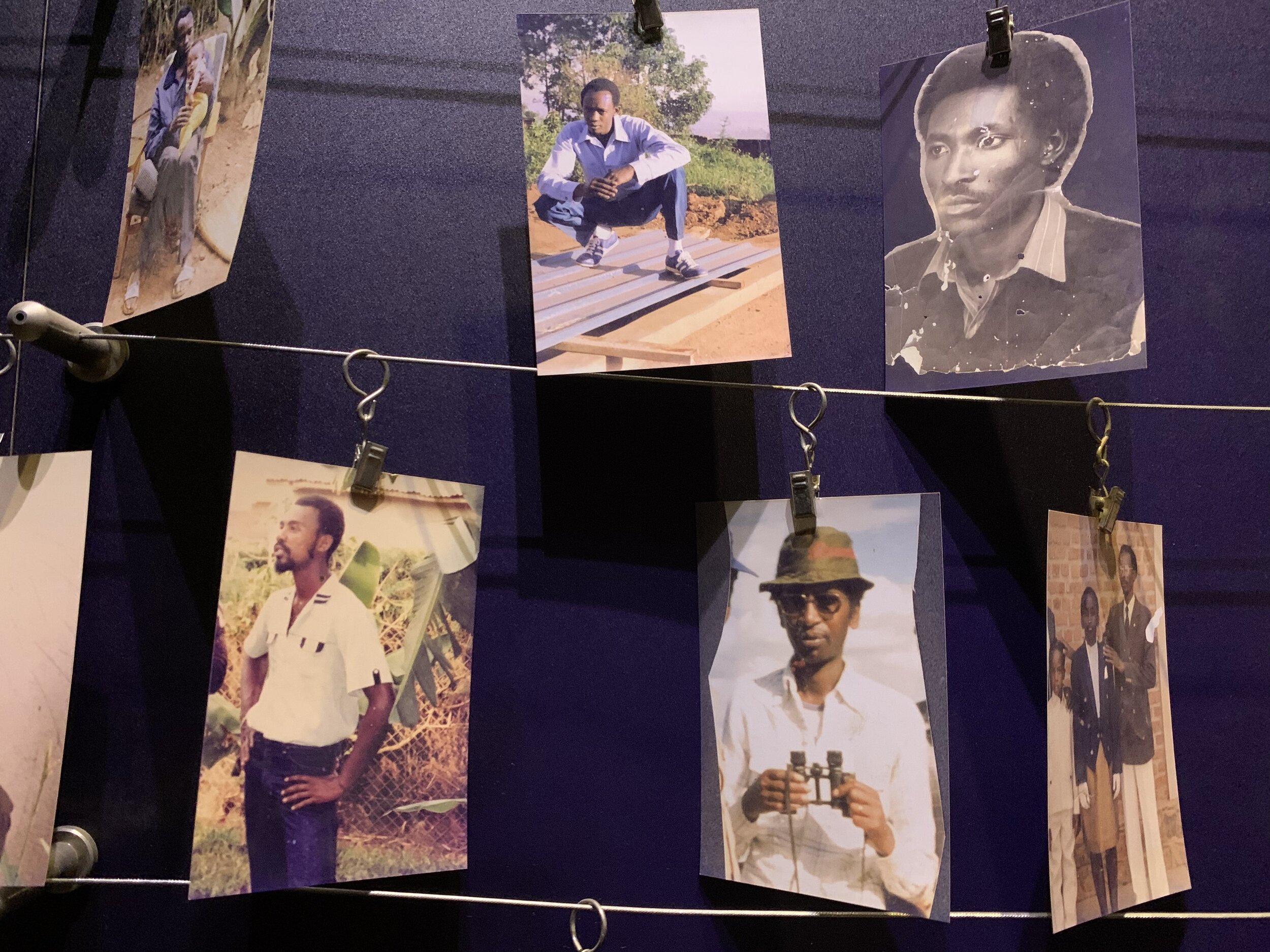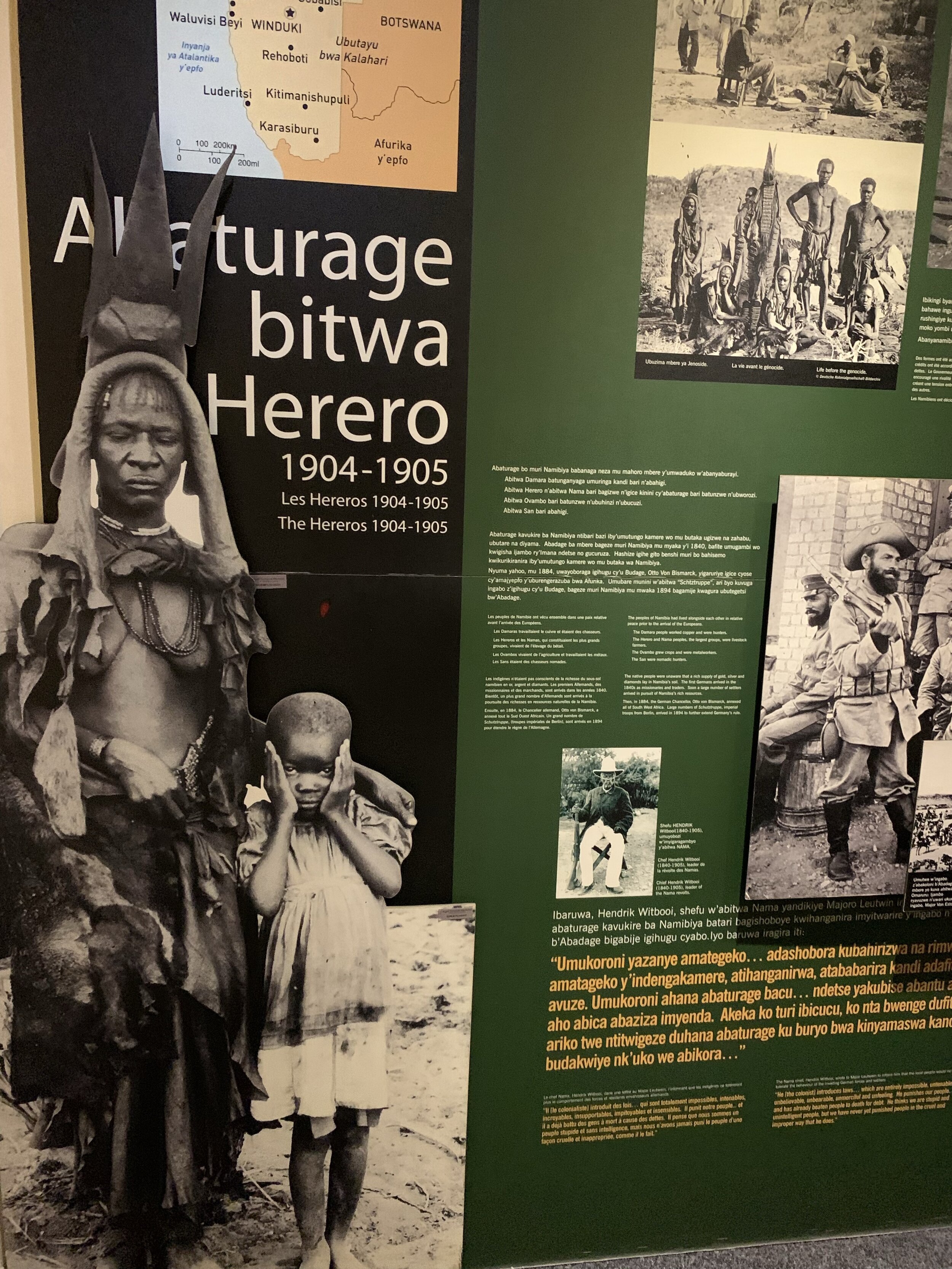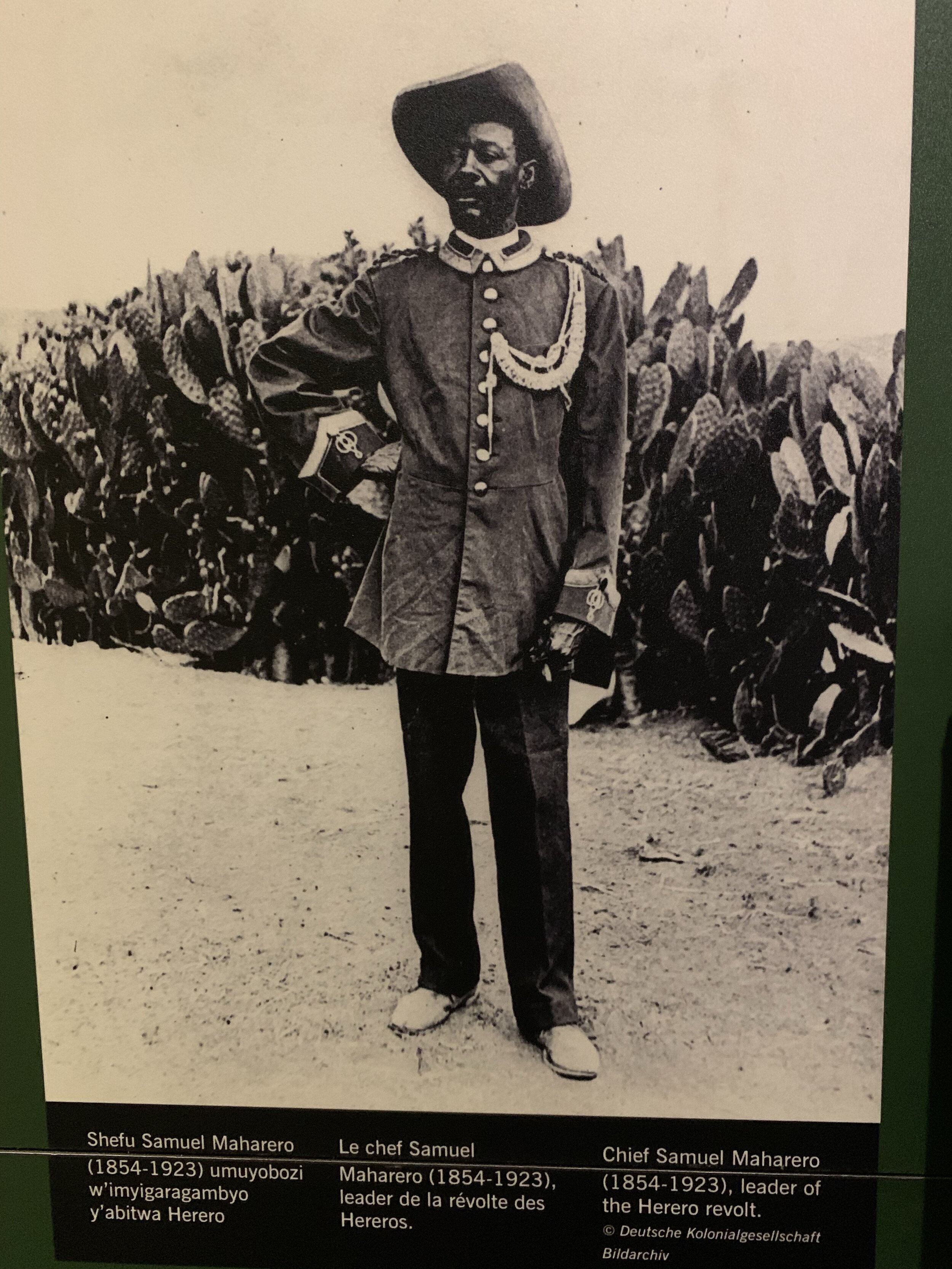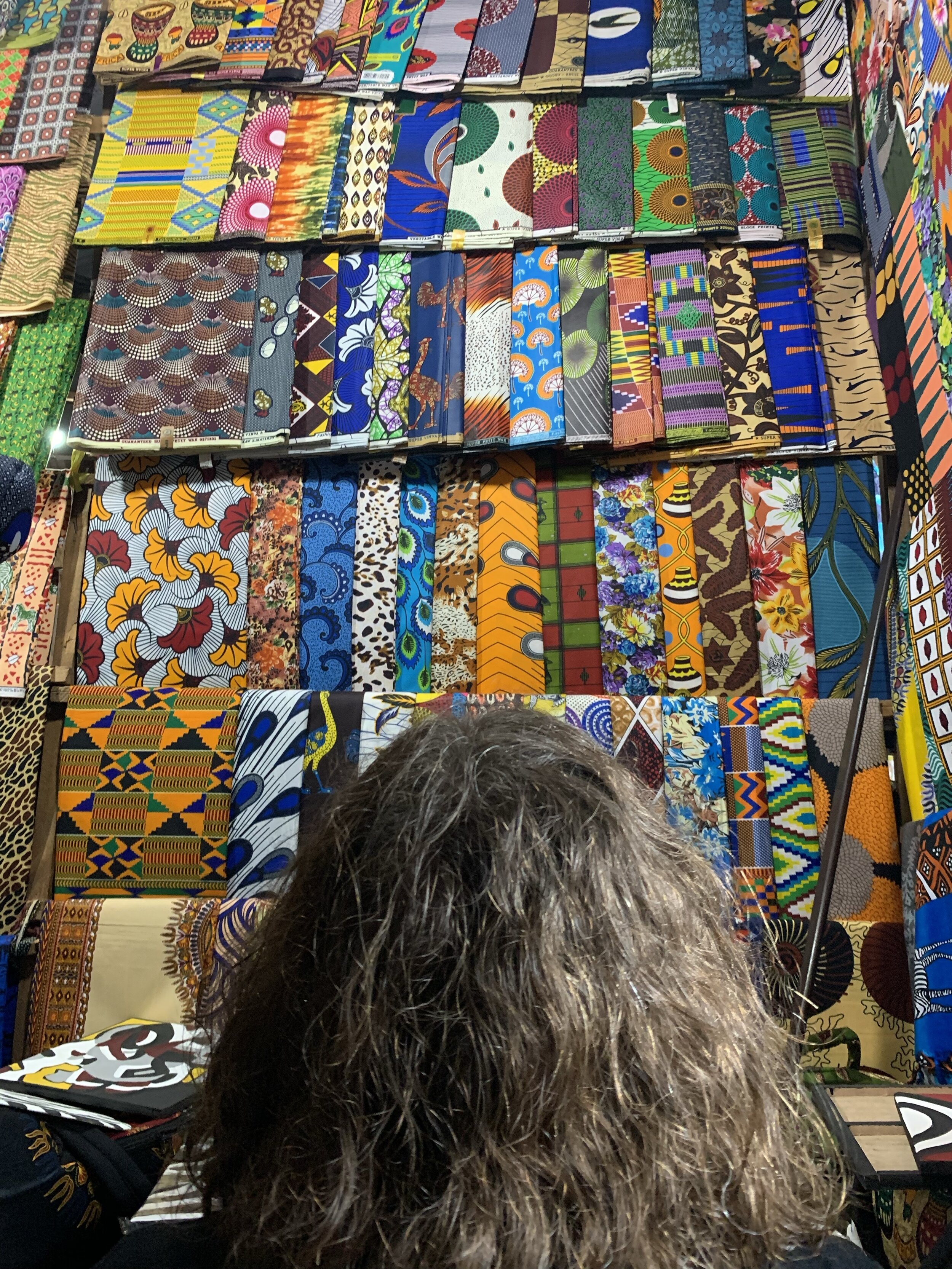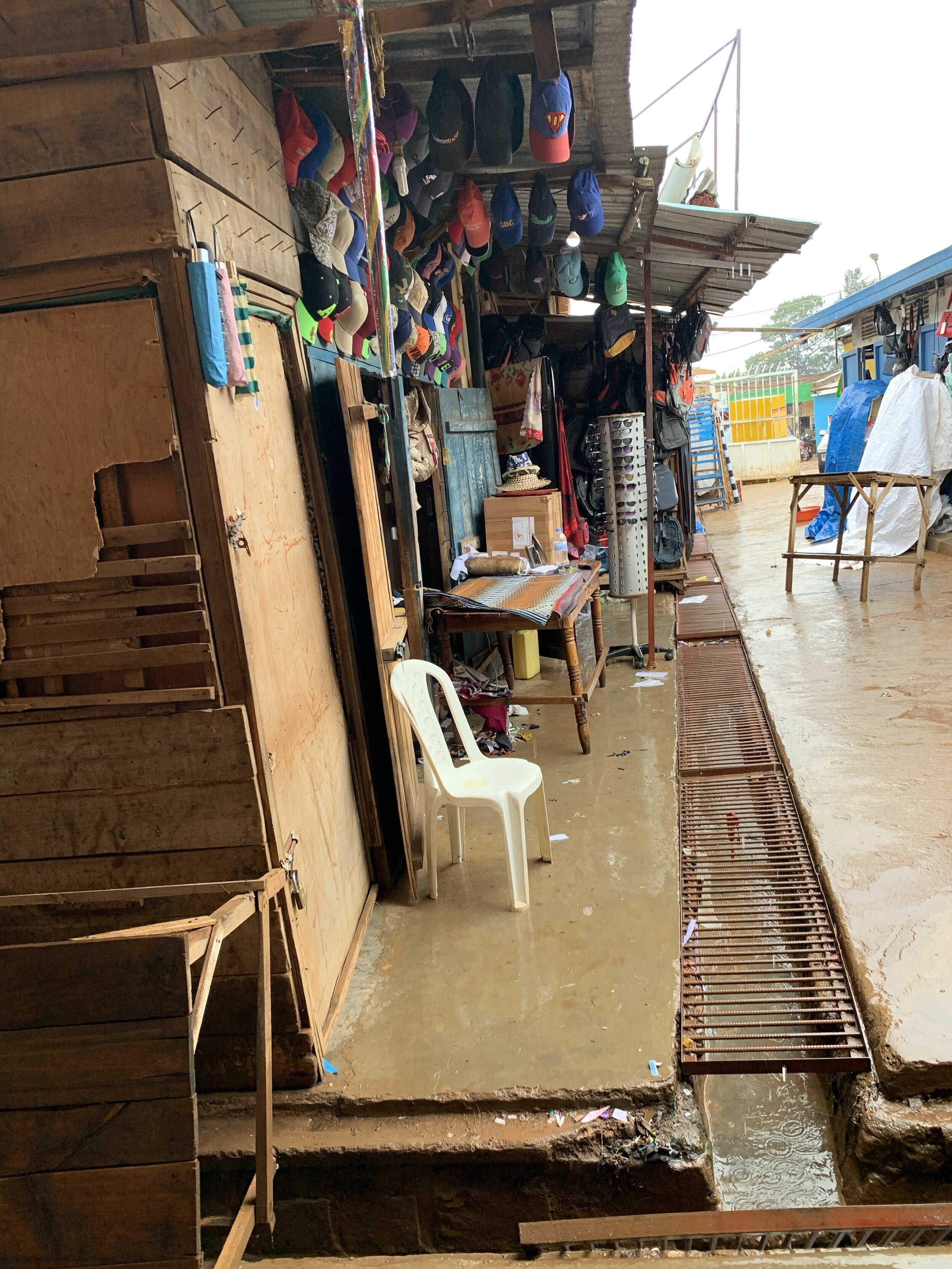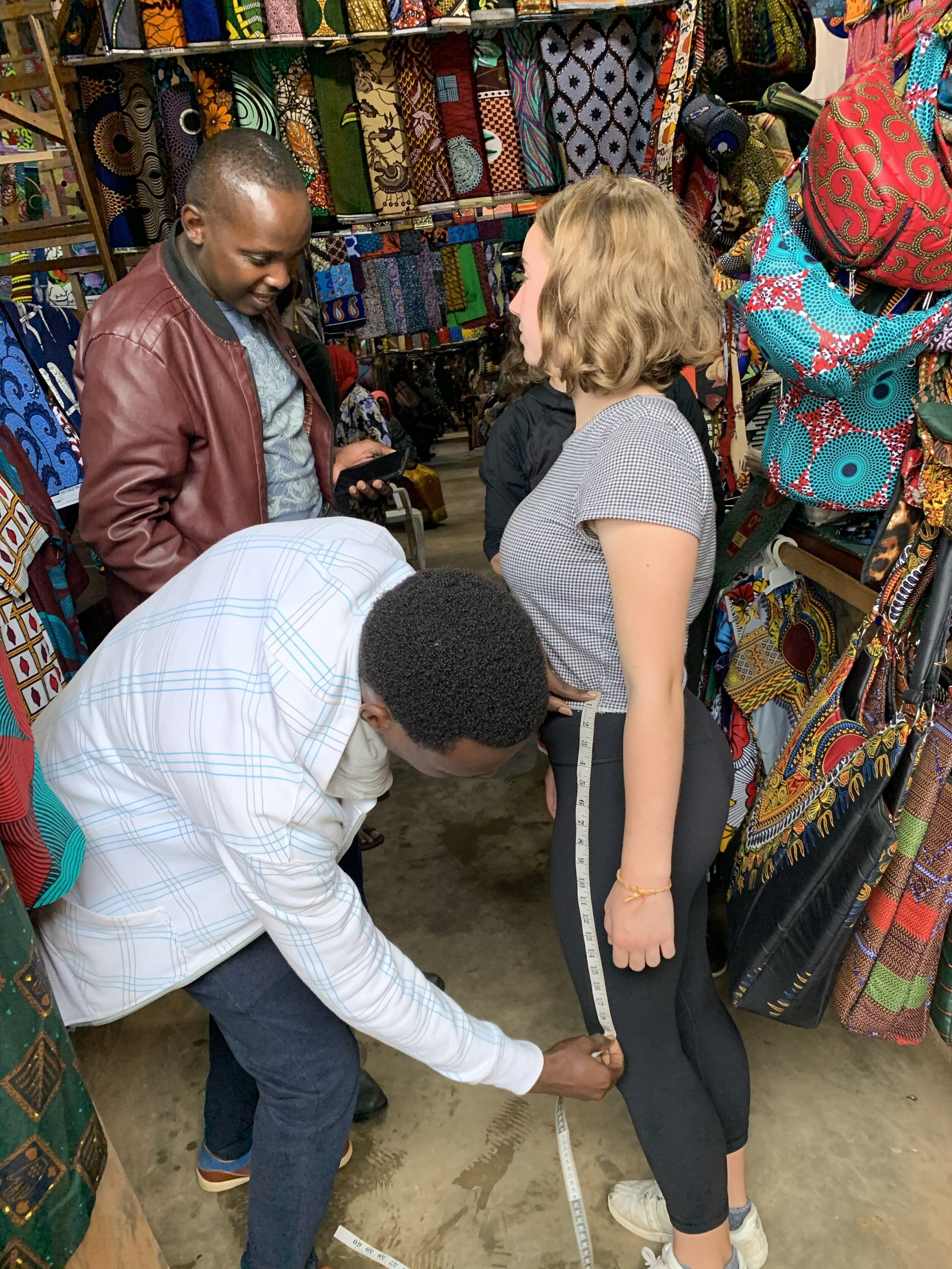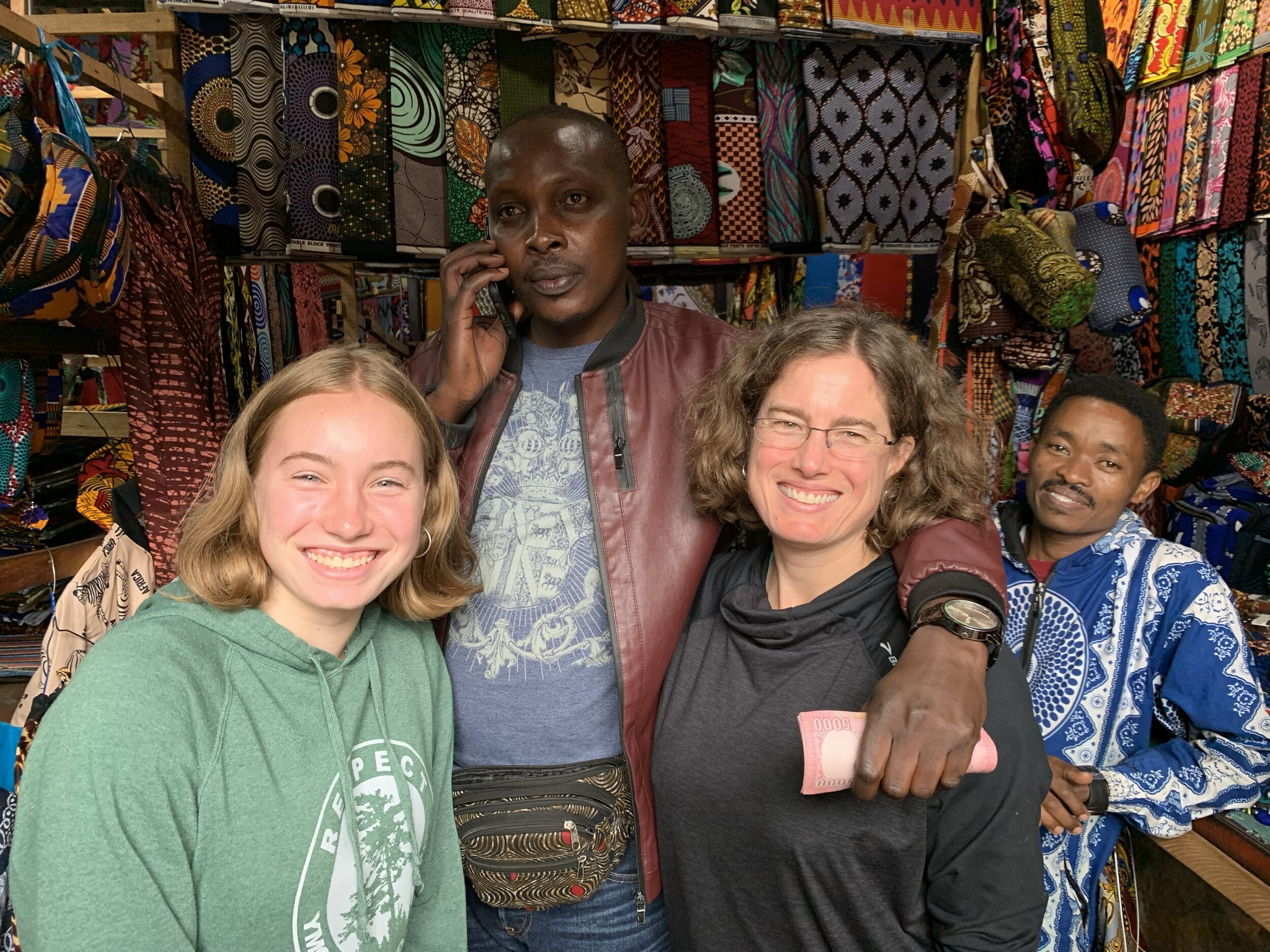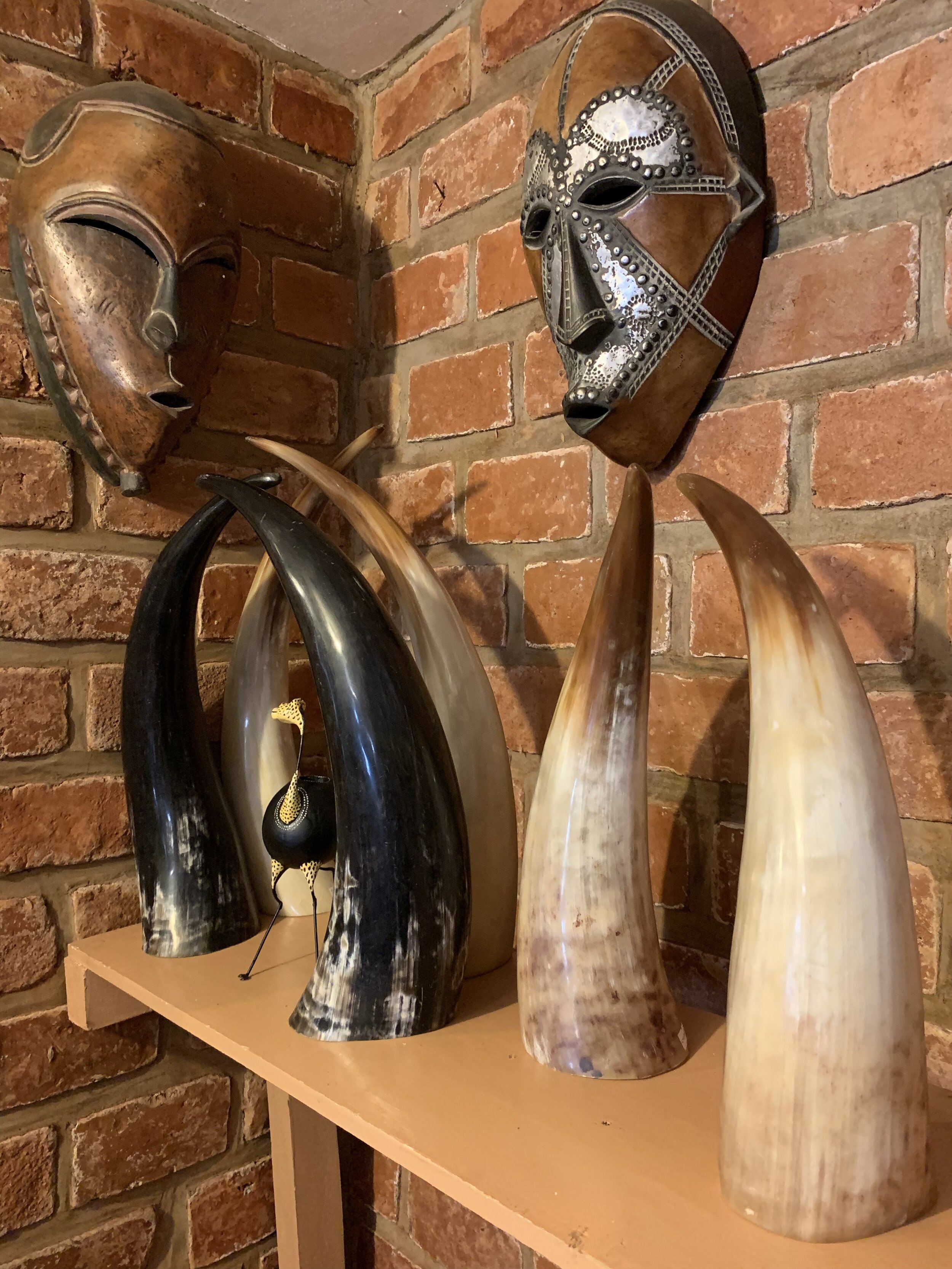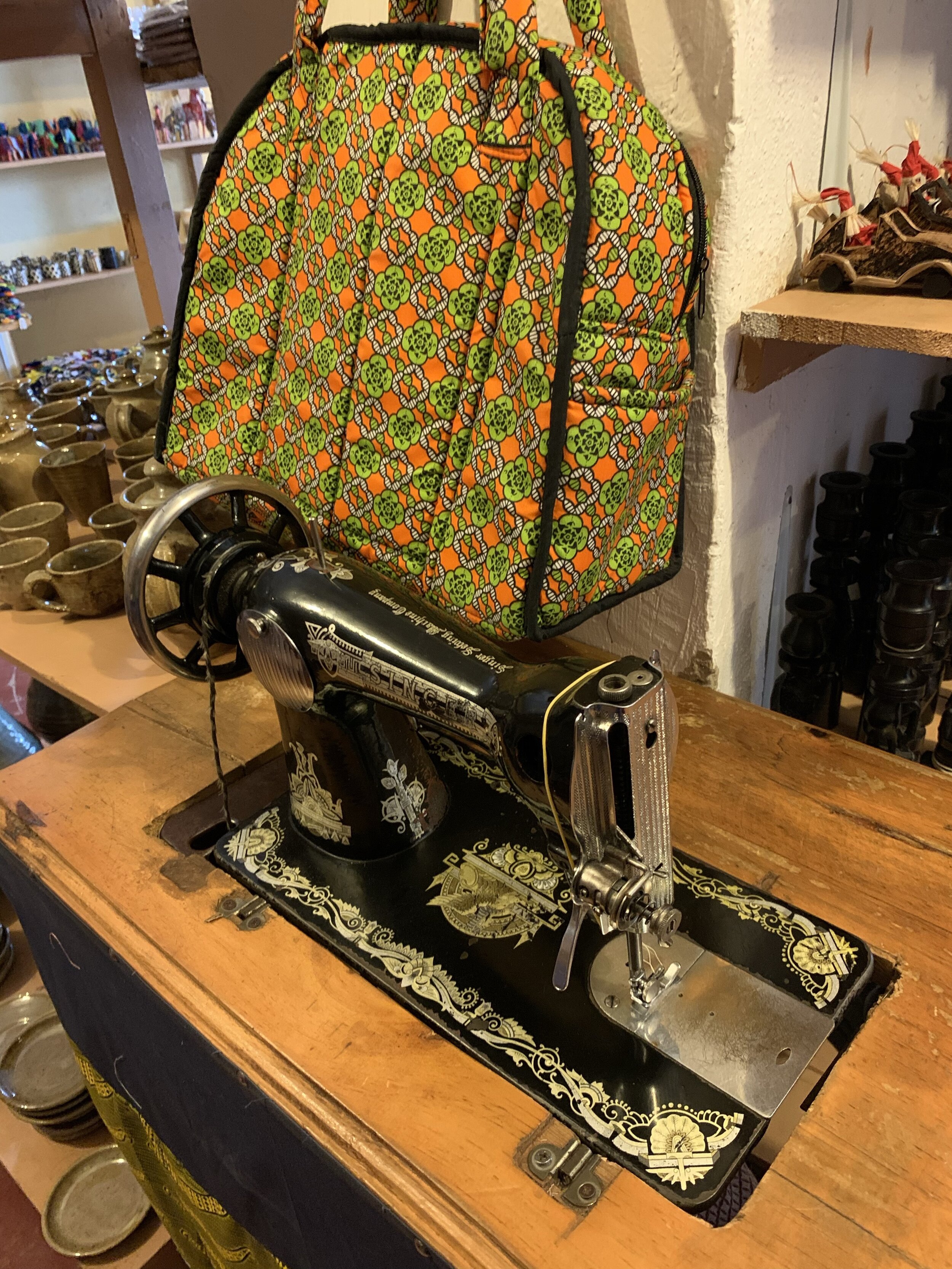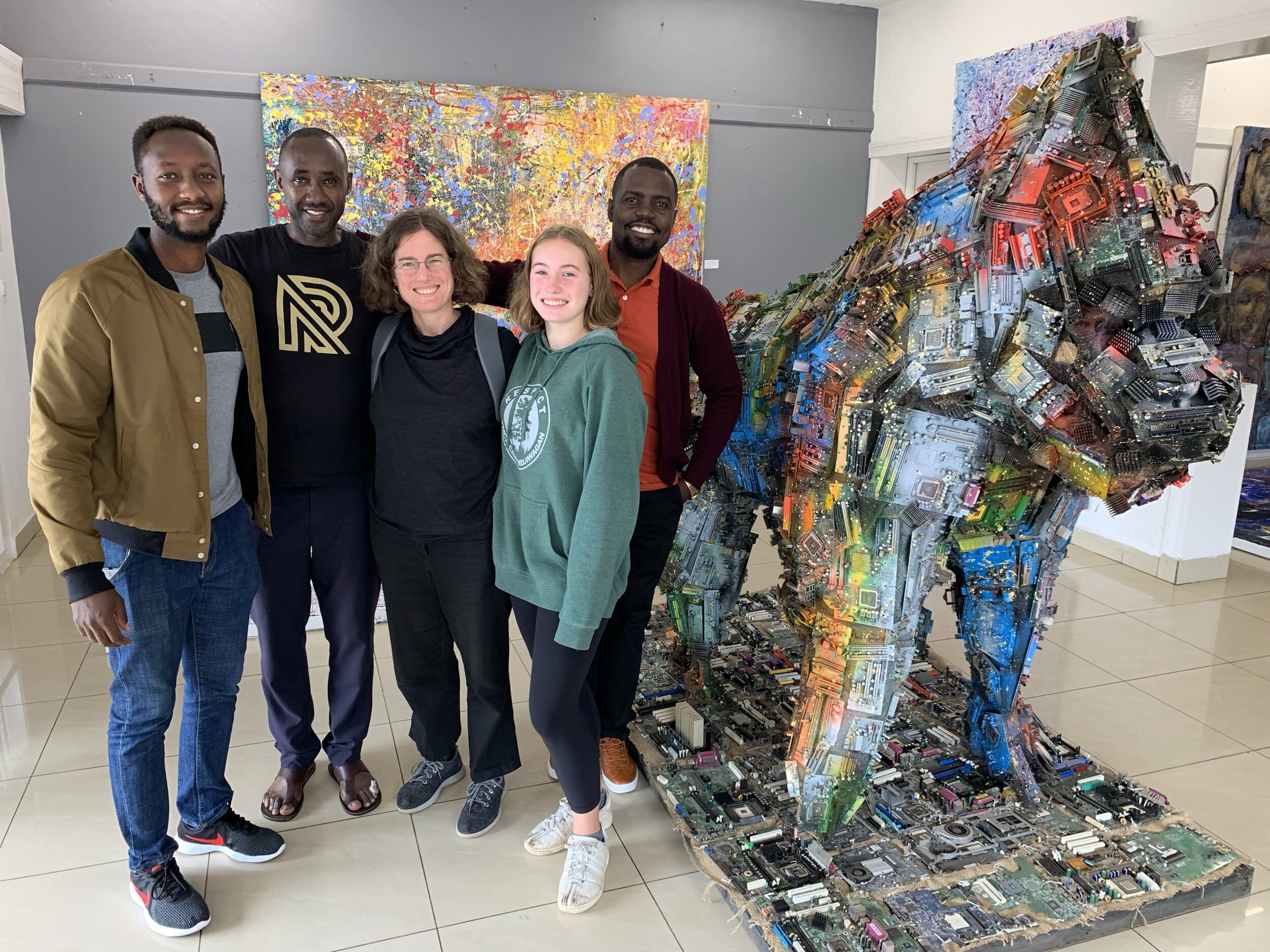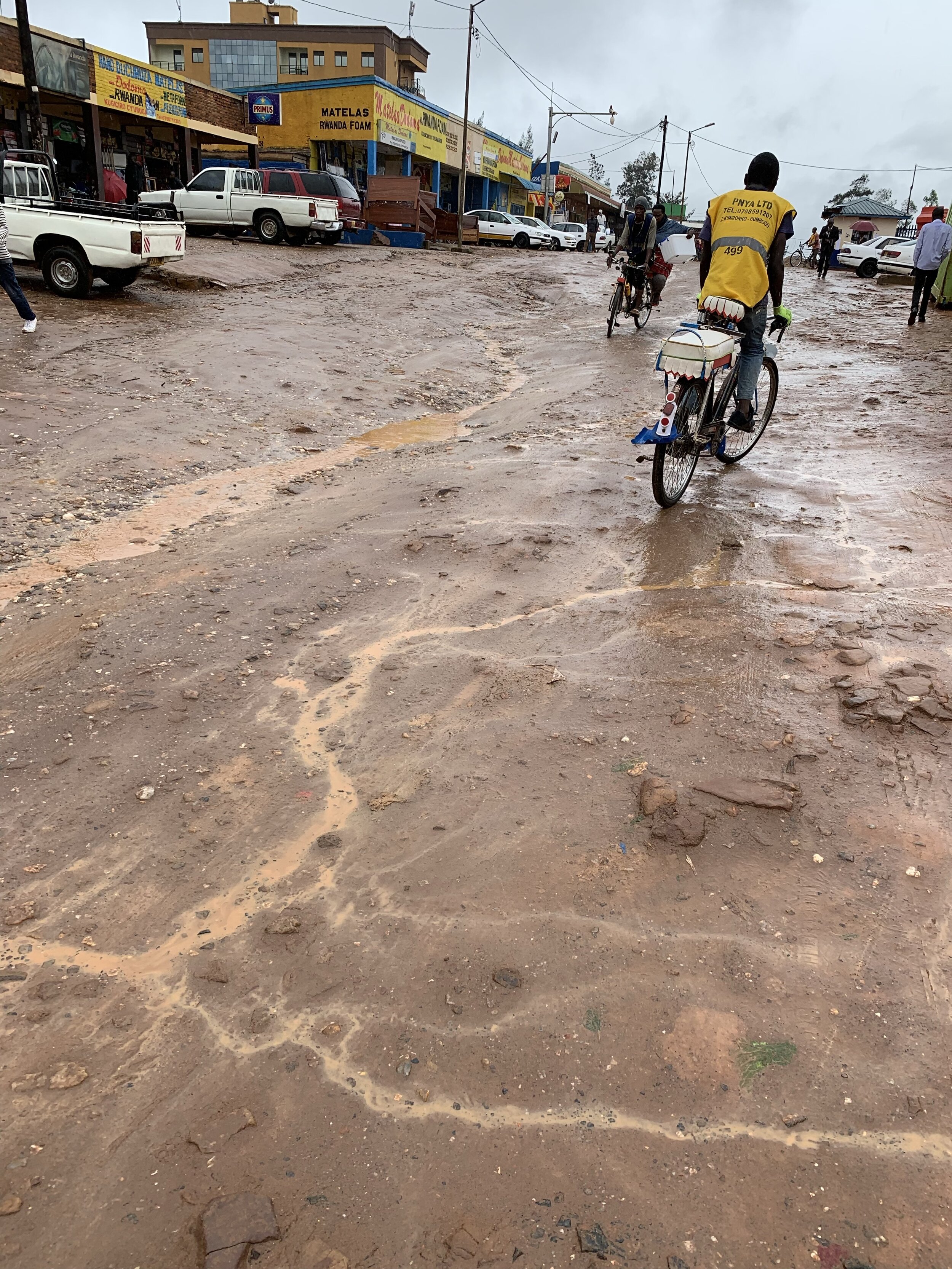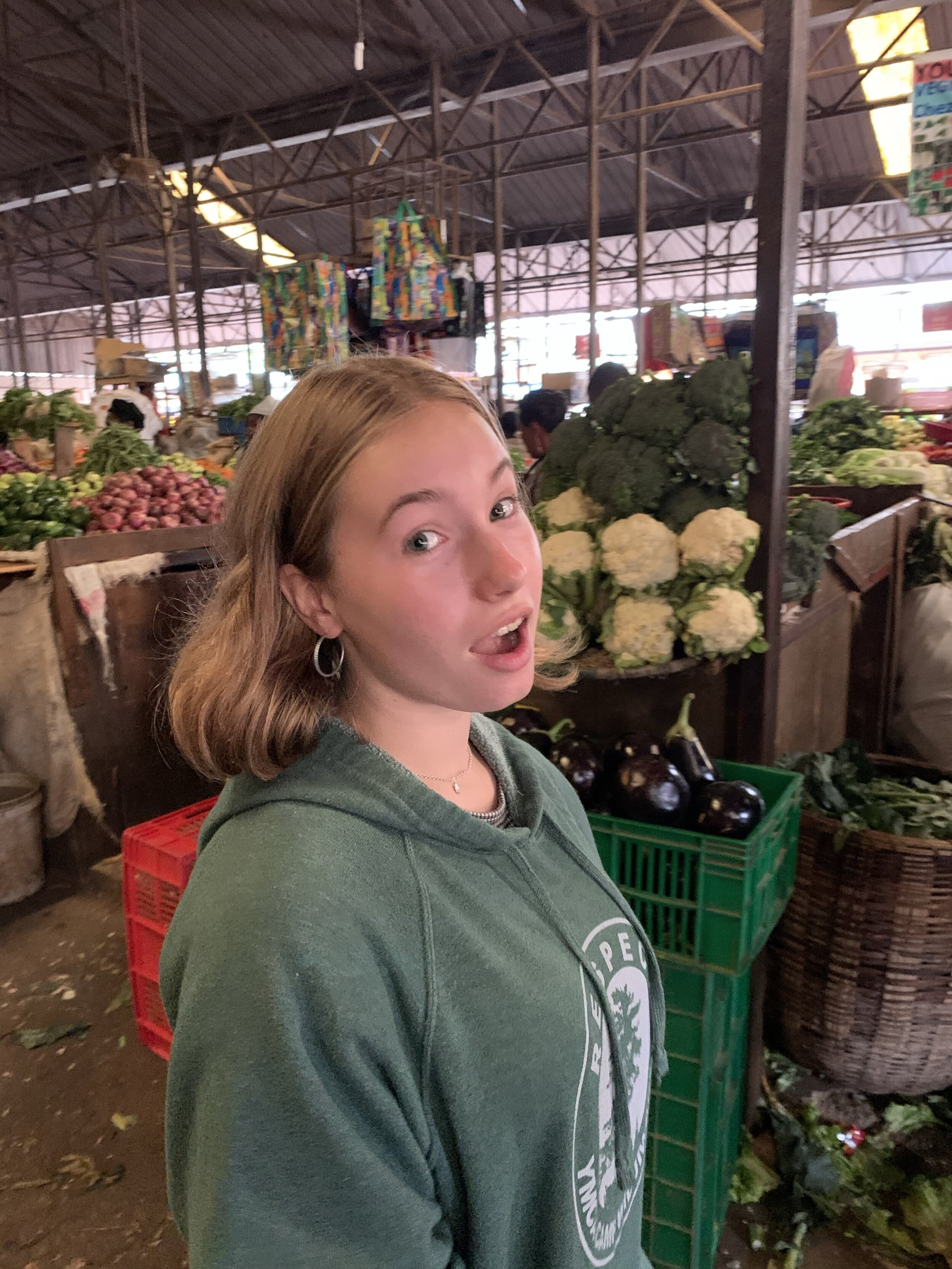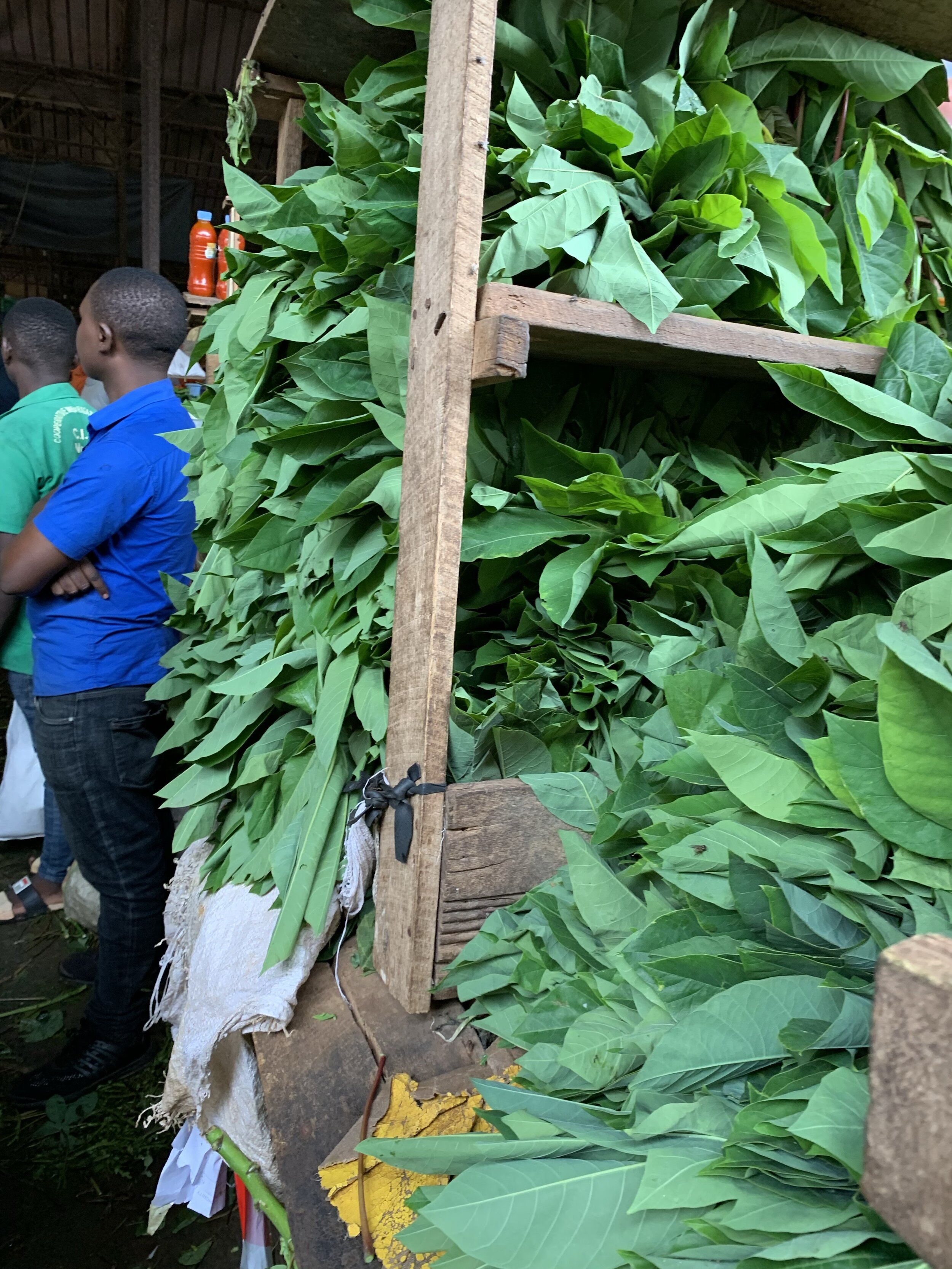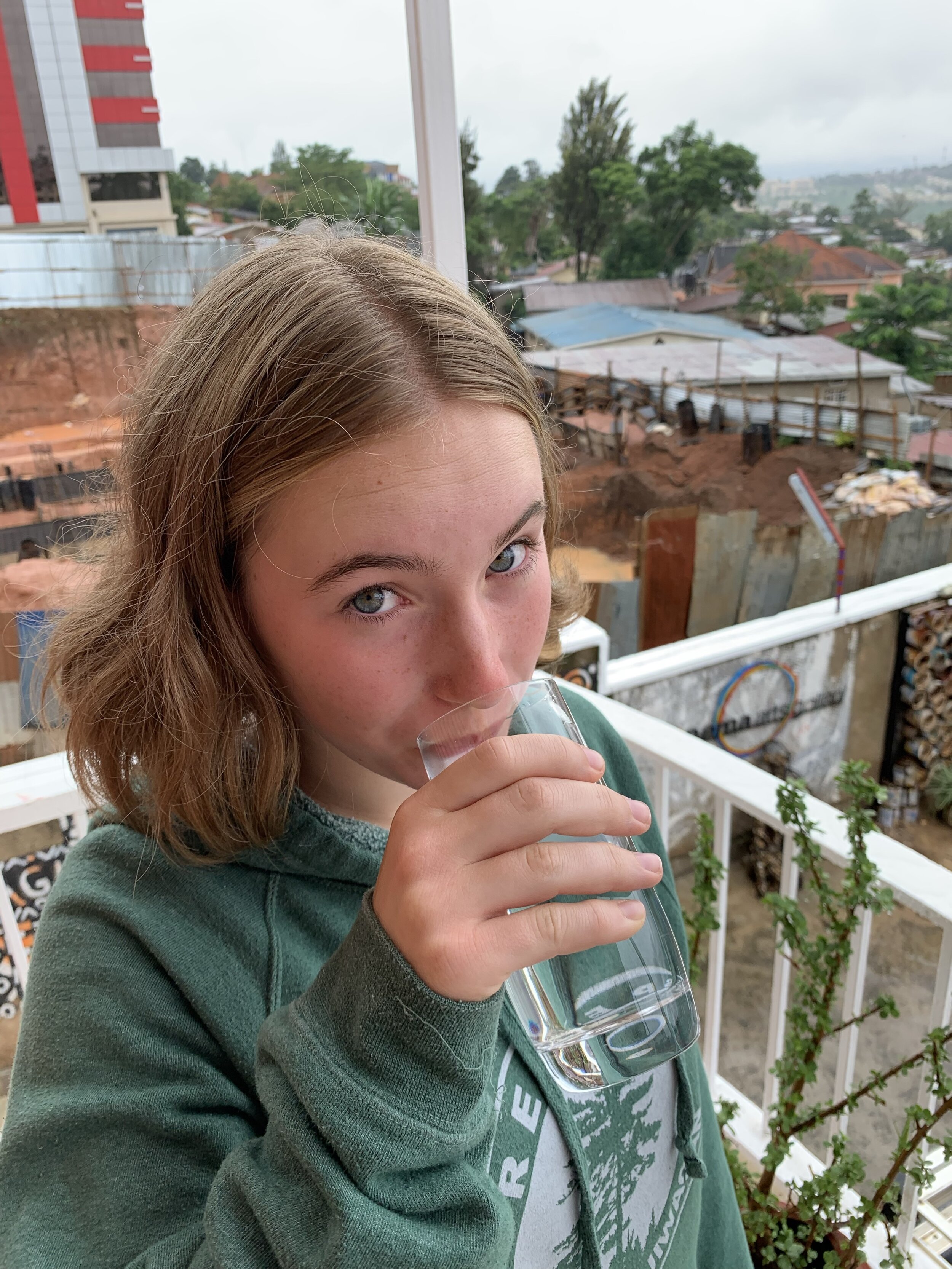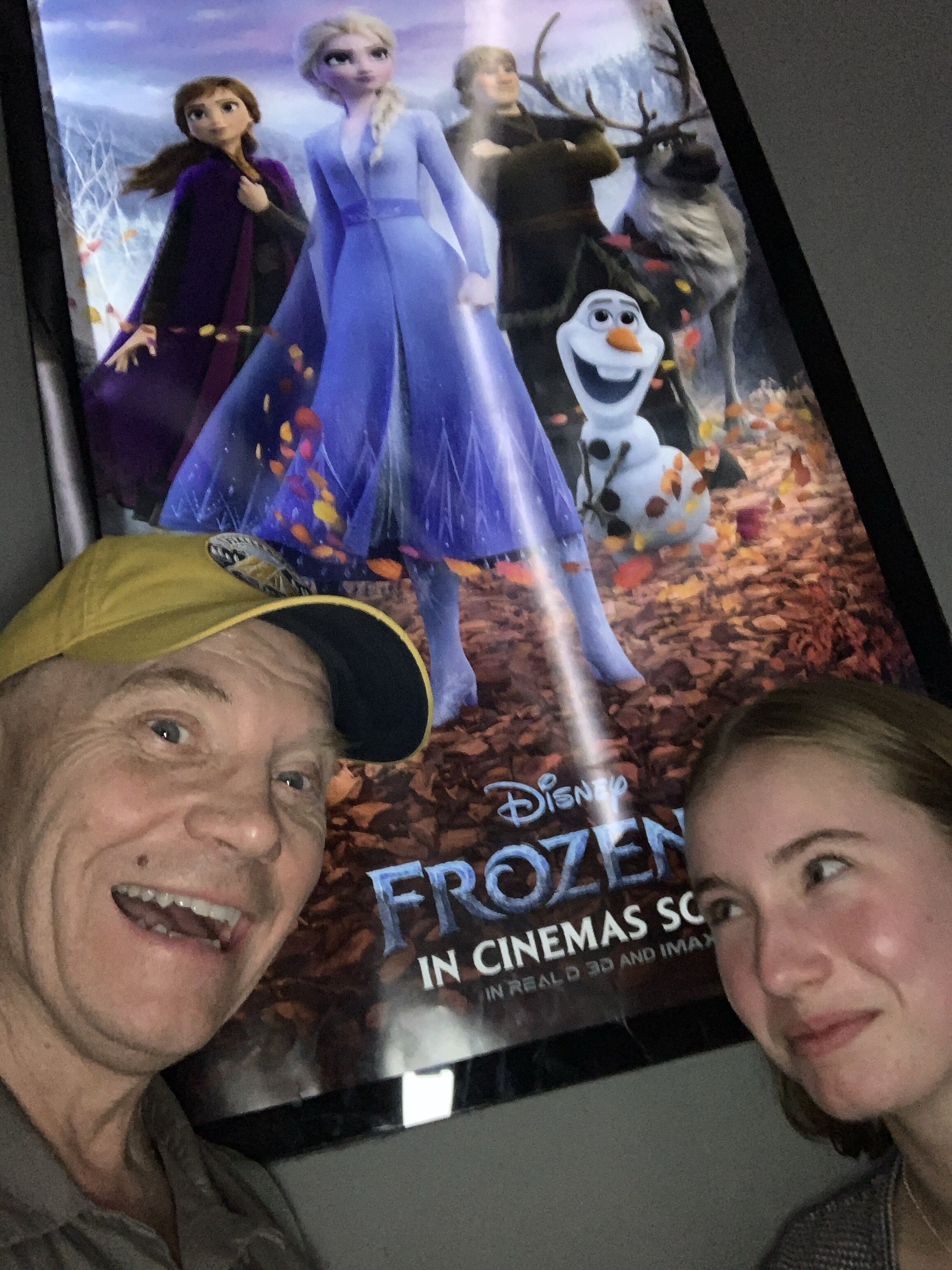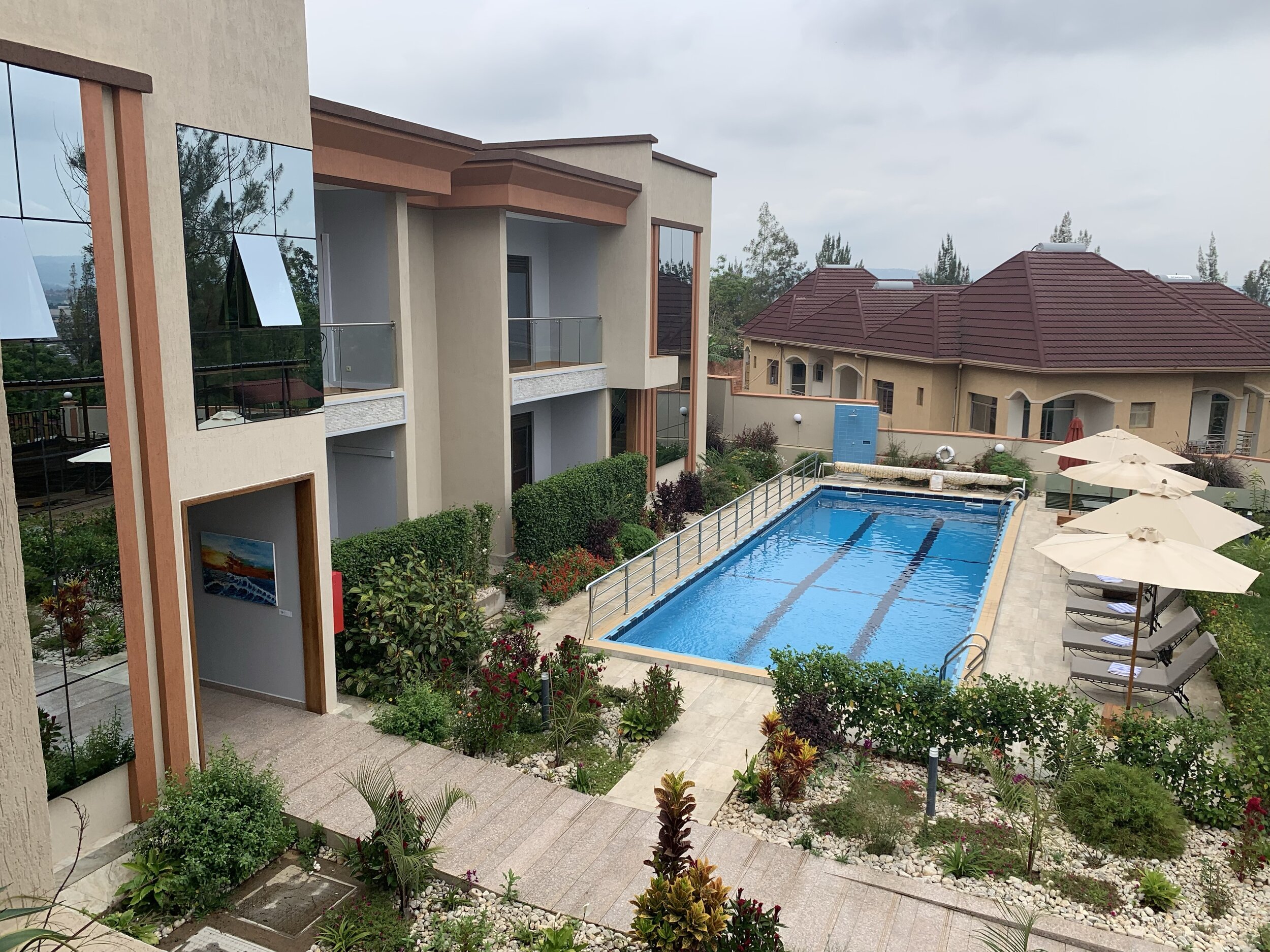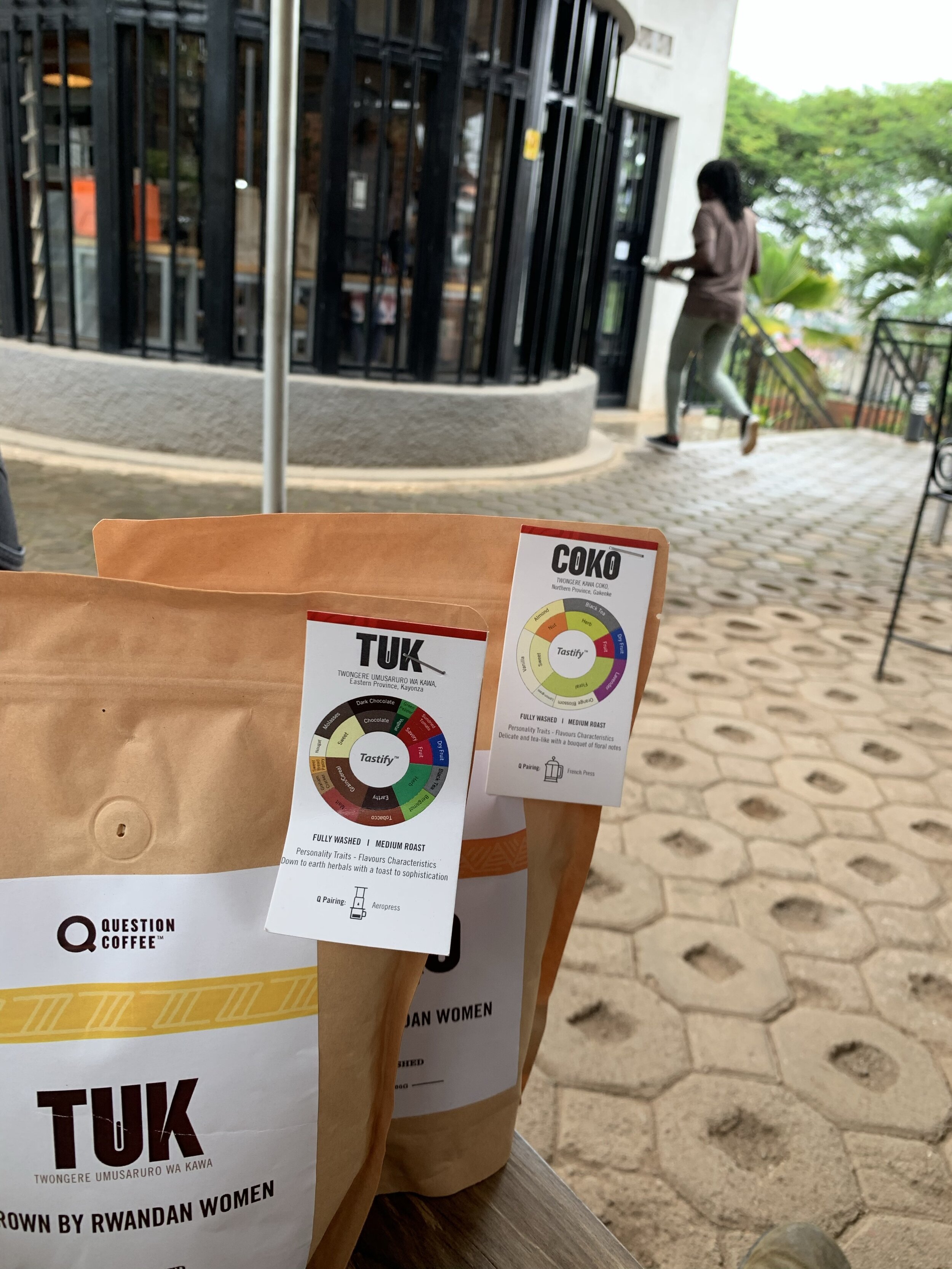We came to Ethiopia with a long list of places we hoped to visit. Some will surely prove easier to reach than others, but most locales we seek are serviced by the fast-growing, usually-reliable, Addis-based Ethiopian Airlines. It’s Africa’s largest air carrier. They’re actively adding new destinations (next up - Moscow, Marseilles, and Houston). This all comes while dealing with the soul-wrenching aftermath of last March’s Boeing 737 Max disaster. What can you learn about an airline from just one round trip? Not much. Or everything. In a perfect world where responsible PR shops scour the net for factual laments, this might even garner an explanation of what truly happened to us. I’m not holding my breath, though.
——> NOTE FOR IMPATIENT READERS: If you’d prefer to skip over our fascinating but karmically inconsequential airline travails, I’ll do you a solid. The rest of this story is pasted below after the photo gallery. <———
The post’s point is that last weekend we flew to Kigali, Rwanda - one of the places on our hope-to-visit list. A weekend isn’t much time to experience a new city, so we tried to manage our expectations. Most importantly, we wanted to dip into Rwanda’s complex history. We also hoped to simply explore and eat and connect as a family. Thanks to no school for Maya on Friday, we booked a trip that would have us there for essentially two full days. Direct flights (supposedly…see below…that’s what we paid for). Nice hotel. The rest we figured we’d seek out on the ground.
Kigali’s not huge (urban population of under 900K) and the larger country that we’d not get to see this trip is only the size of the American State of Vermont. Everyone we seemed to talk with about this plan said two things. 1. Rwanda's beautiful. And, 2. Rwanda’s freakishly clean. Having now experienced it firsthand, we entirely agree with those rather obvious points.
Kigali is also haunting. Undeniably hip and inspiring. And as hard to capture as a puff of smoke.
It’s impossible to write about Rwanda without addressing the genocide of 1994 and its aftermath. After all, the entire current population of Kigali equals a median guess for the number of Tutsis, allegedly sympathetic Hutus, and a melange of tragically-located others who were murdered during the orchestrated rampage that began on April 7th and ended in July of that year. How do you write about such a massive criminal hysteria that happened 25 years ago without sounding like the worst sort of historical tourist? That’s what I’ve been struggling with all week.
If I try to flip my memory bank back to early April 1994, I’m essentially fixated upon Kurt Cobain’s suicide. I have plenty to say about that event at that time and in that place because that’s where I was. Physically and mentally. While losing the patron saint of the grunge era may reverberate around the world for some, nostalgia as a meaningful cultural touchstone is limited. No matter what us Gen X’ers might have you believe.
I’d wanted to be thoughtfully versed in Rwanda’s history before arrival. At the very least, we wanted to know what we might be able to see in a short visit. Admittedly, I borrowed and then struggled to read a famously laser-focused nonfiction book on the subject - “We Wish to Inform You That Tomorrow We Will Be Killed With Our Families” by Philip Gourevitch. It came out in 1998 and is a narrative nonfiction classic. 20+ years on, it still encapsulates the horrifying unknowability of that time and place. Gourevitch tries valiantly to explain Rwanda’s complicated history. If you really want to know what was happening in the lead up to 1994’s genocide and the few years after, you should check it out. German and Belgian and French influences get ample coverage, along with the actions from the complicated neighborhood of nations in Central Eastern Africa.
In some ways, however, it just made the whole question of what happened during Rwanda’s genocidal madness that much harder to understand. Much less how a whole society could move on and try to act like it didn’t destroy everything forever after. Unless it did. I just don’t know.
50% of Africa’s population is under age 25. To them and their slightly older compatriots, 1994 must sound like an unknowable past. Rwanda is currently so busy trying to reinvent itself that they don’t even seem interested in looking back.
We stayed at the boutique hotel in Kigali named Heaven. It was started by an American couple who are masters of PR and packaging. It’s actually three hotels, a few restaurants, and a spa. How was it? Posh. Expensive. Infuriatingly inconsistent. It employs ample style and buzzword-y summary content throughout. Yet for every carbon-neutral, reverse-osmosis, solar-powered claim of attention to detail, they knowingly miss the larger point. President Paul Kagame’s residence is essentially next door. He, as one of many described in the aftermath of the genocide, doesn’t come off well in Gourevitch’s book. Around the corner is the Hotel de Mille Collines (made famous in the movie “Hotel Rwanda” thanks to the true heroism of its manager, Paul Rusesabagina). Within walking distance are points for morbid curiosity from an unspeakably dark period. Being so near the epicenter of a genocide is a very weighty position to occupy. But aside from offering a few tours that touched the elephant in the room, I wanted there to be something more front and center. Maybe this is too heavy a burden to put on any business or the people employed by them.
What’s tangible about Kigali? There’s green everywhere. And distinctive brick-red dirt, which runs down the streets and churns through the rivers when it rains. It rained in pulsating sheets while we were there. There are cops at almost every intersection. The switchback streets ascend hill after green-capped hill. The buildings are uniformly new-looking and clean. Motorcycle taxis weave like high-speed lines of ants between the slow-moving lanes of traffic. A Kigali native who drove us to the airport estimated the number of those bikes at 10,000. Each comes equipped with two helmets - one for the driver and the one required for a single passenger.
On Saturday we booked the services of a driver named Apollo who worked for Heaven. Our primary aim was to visit the Kigali Genocide Memorial. We spent three hours there, listening intently to an audio-guided tour predicted to take less than two. I paid an additional fee so that I could take pictures inside. The comprehensive, reverential material answered some of my questions and posed many others I’d not considered. There’s a small hint of what’s to be learned there in the pictures below. If you are ever in Kigali, you simply must visit. All three of us gave it a respectful endorsement.
After the Memorial museum, Apollo drove us around for hours more. We got a shirt and skirts made by a chatty tailor and then wandered throughout the Kimironko Market. A later favorite stop was the Inema Art Centre (pictured above). The ascendant, smart and worldly artists exhibiting there also deserve a visit from anyone traveling to Kigali. When we needed food for fuel, Apollo brought us to a super-cute, affordable, and hip joint called Now Now Rolex. A rolex in Rwanda is a wrap, not a watch. Those were highlights of our full day of Kigali tourist time.
In the evening, we ventured less than a kilometer from Heaven to cuddle up with the entertainment comfort/junk food that is “Frozen 2.” It was playing in 3D at a multiplex in the tallest building in Kigali. We all gagged somewhat after watching the prior showing’s departing masses dump their glasses in a plastic tray that we had to choose from as soon as the theatre’s garbage was cleared. Jokes about a festering stew of pink eye spectacles didn’t sound so funny when we all experienced some phantom itches over the next few days. We ate an over-priced meal in Heaven’s newest restaurant, Fusion, over which we shared our impressions of Kigali and acknowledged the contrasts we saw at every turn.
Our last day was largely the same, both in terms of insights and indulgences. Sarah and I ran a solid 10K along perfectly manicured paths while recognizing other locations and references seen in the Genocide Memorial. I couldn’t help but look for haunted spots, even when we were taking a taxi back and forth from a stylish roasting company, Question Coffee. I almost signed us up for a coffee snob master class, but balked at the price ($100). If we didn’t know better, it would’ve seemed we were back home in the Pacific Northwest.
We came home with more questions than answers, which I will spin as a good sign. Rwandans rely upon foreign visitors for their biggest industry (tourism). The things that we didn’t see dominate that industry - volcanoes and gorillas, along with other natural sights and animals. The expected draw in 2020 is two million foreigners (up from 660K in 2010). The prices are increasing markedly. As the most glaring example, the cost of gorilla viewing permits doubled in 2017 from $750 to $1500. Per day. The list goes on and on.
What’s the moral of this visitation story? I’m still working on it. Since we’ve been back in Addis, I’ve moved on. For good reasons. But not without needing to look back. Kigali intrigues me still. We’ll go back. How soon, I’m not sure. Any insights others can offer, I’d be stoked to hear…

